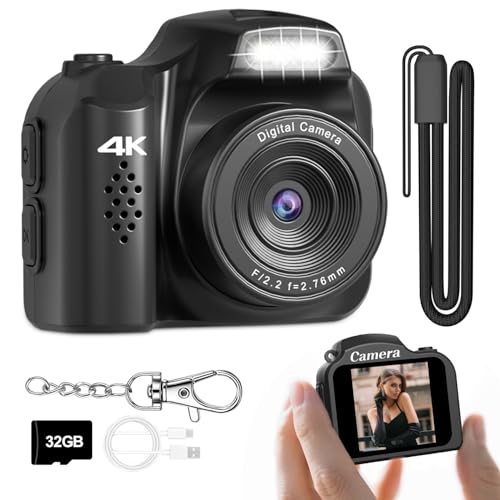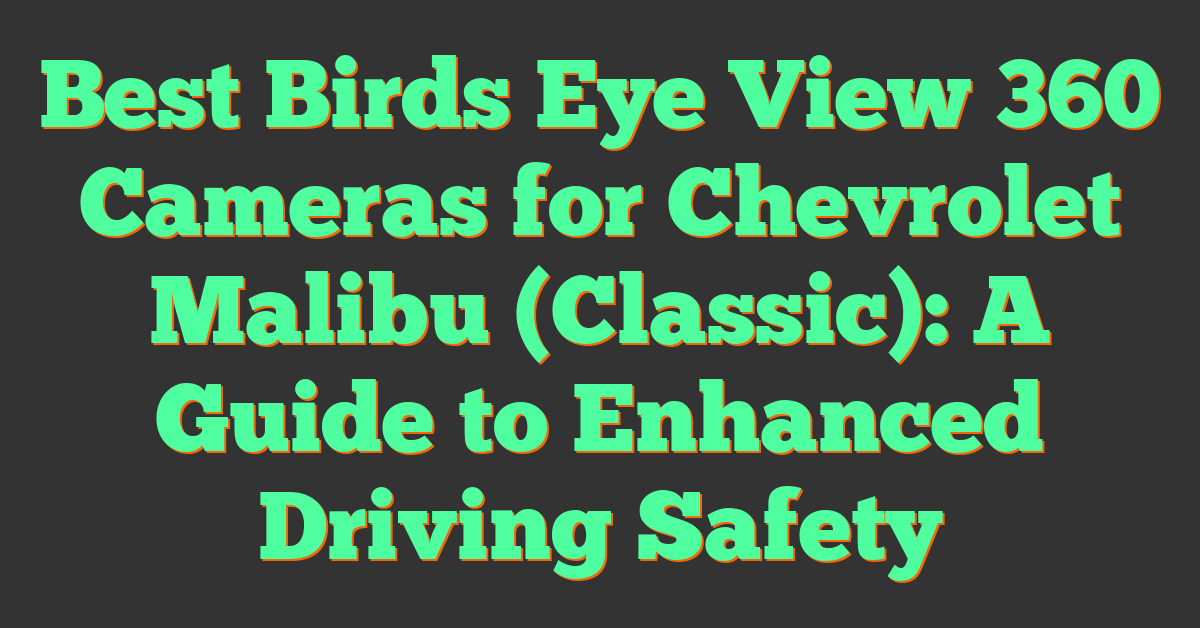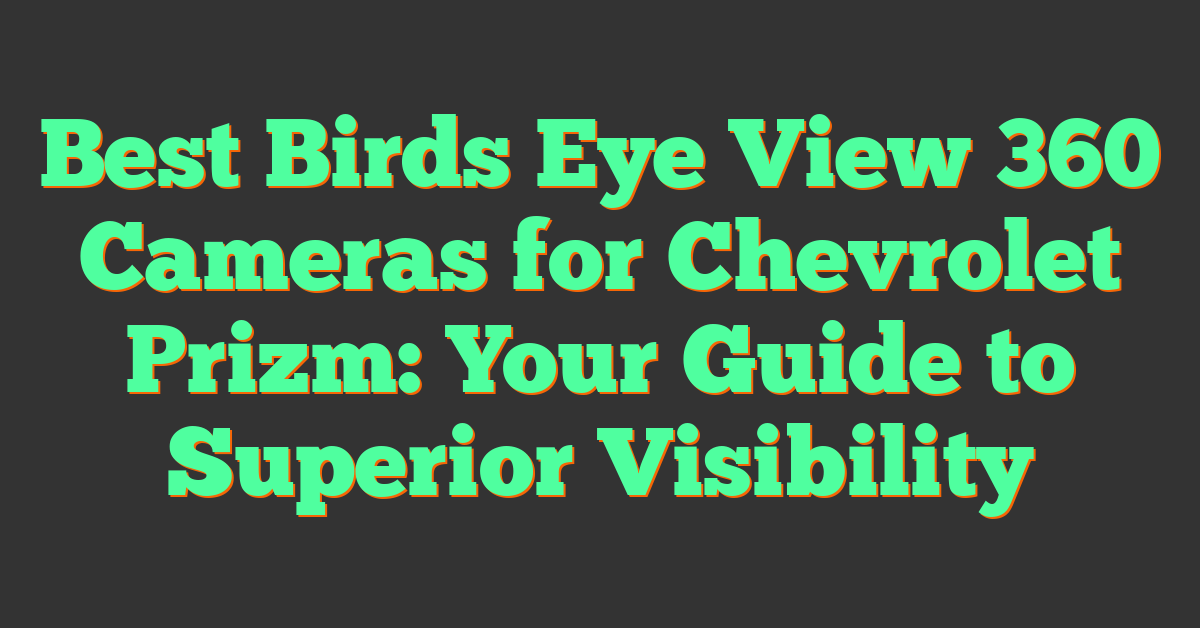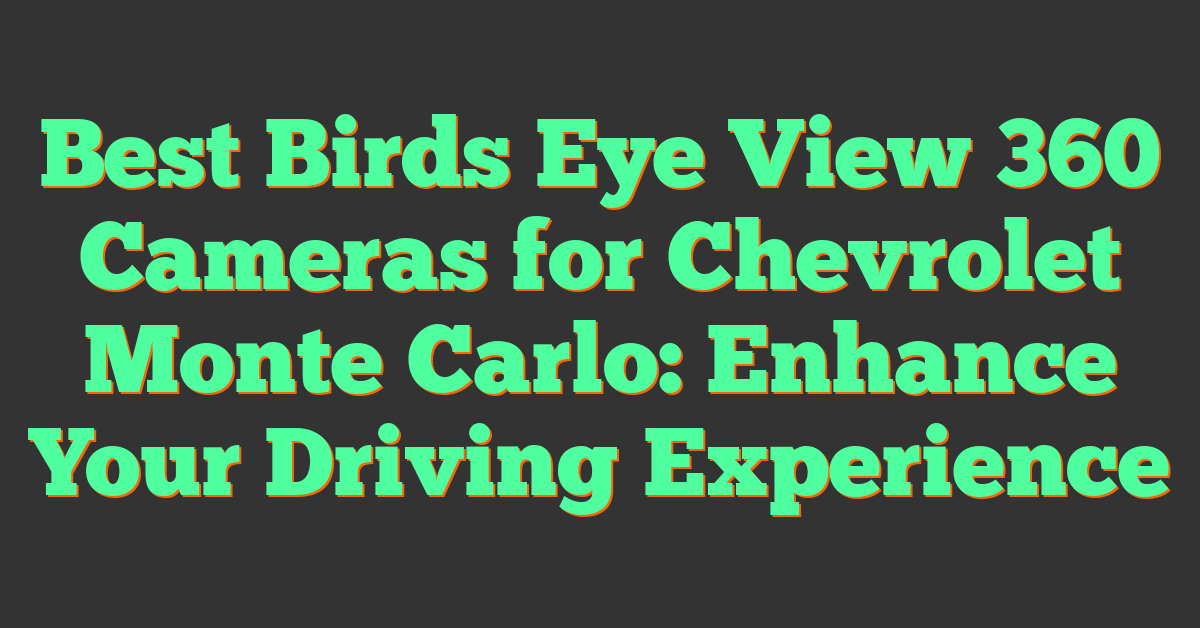Key Takeaways
- VR 360 cameras enable immersive content creation, capturing 360° spherical videos and images for realistic and interactive viewing experiences.
- Key features of VR 360 cameras include high-resolution capture, seamless stitching, wide fields of view, and VR headset compatibility, making them ideal for professional-quality output.
- Popular uses include virtual tours, immersive storytelling, and live event streaming, appealing to industries like real estate, tourism, and entertainment.
- Leading VR 360 camera models, such as the GoPro Max, Insta360 X3, and Ricoh Theta Z1, offer advanced features like stabilization, 3D audio support, and AI-powered editing tools.
- While VR 360 cameras provide exceptional versatility and portability, challenges like steep learning curves, stitching limitations, and high costs can impact user experience.
- Effective planning, creative angles, and precise editing techniques are essential for producing high-quality, engaging 360° content.
Virtual reality has transformed how we capture and experience the world, and at the heart of this revolution are VR 360 cameras. These innovative devices let us create fully immersive content that places viewers right in the middle of the action, offering perspectives that traditional cameras simply can’t match.
Whether you’re a filmmaker, content creator, or just someone who loves experimenting with tech, VR 360 cameras open up endless creative possibilities. From breathtaking landscapes to dynamic storytelling, they’re redefining how we share experiences. Curious about how they work and what makes them so unique? Let’s dive in.
What Are VR 360 Cameras?
VR 360 cameras are devices designed to capture full spherical images and videos, creating immersive content that simulates a real-world environment. Unlike traditional cameras, they record in every direction simultaneously, providing a seamless panoramic view. Each frame covers 360 degrees horizontally and vertically, allowing viewers to explore the scene by simply moving their perspective.
These cameras often use dual or multiple ultra-wide lenses, positioned back-to-back or strategically for maximum coverage. Built-in software automatically stitches the footage together, creating a unified spherical image or video. This technology removes the need for manual post-production stitching in most cases.
Features like high-resolution sensors, 3D audio support, and stabilization ensure the captured content feels lifelike. Advanced models include HDR, adjustable stitching precision, and compatibility with VR headsets for direct playback. Popular devices include Insta360 X3, GoPro MAX, and Ricoh Theta Z1.
VR 360 cameras empower photographers and videographers to craft content that immerses audiences in a scene rather than passively viewing it. This capability attracts creators looking to offer unique experiences in virtual tours, immersive storytelling, and even live events.
Key Features Of VR 360 Cameras
VR 360 cameras deliver groundbreaking features that redefine content creation for photographers and videographers. Their ability to create immersive, spherical footage transforms how audiences experience visual media.
High-Resolution Capture
Top-tier VR 360 cameras feature sensors capable of capturing stills and videos in high resolution, often exceeding 5.7K. This level of detail ensures sharpness in every frame, giving your audience an exceptional visual experience. For instance, the GoPro MAX records in 5.6K at 30 fps, while the Insta360 X3 shoots 72 MP photos, enhancing both photography and videography workflows.
Seamless Stitching
Built-in stitching software combines footage from dual or multiple lenses, producing a smooth 360° field without visible seams. Precision stitching reduces glitches, ensuring the final output flows naturally. Modern models like Ricoh Theta Z1 provide adjustable stitching options, fine-tuning images or footage directly within the camera or compatible editing apps.
Wide Field Of View
« Master Aerial Photography with Drone-Mounted 360 Cameras: The Ultimate Guide
Why 360 Cameras Appeal to Adventure Seekers: Capture Every Thrilling Moment Like Never Before »
Dual ultra-wide lenses create a complete spherical view, capturing scenes in every direction simultaneously. This functionality immerses viewers entirely, whether you’re documenting breathtaking landscapes or urban environments. Cameras such as the Kandao Qoocam 8K utilize robust optics to deliver lifelike results in diverse settings.
Compatibility With VR Headsets
VR 360 cameras enhance content interactivity, offering direct playback on VR headsets like Meta Quest and Pico Neo. With this capability, viewers experience an environment as though they’re physically present. Higher-end models encode videos in formats optimized for headset displays, providing seamless compatibility for cinematic results.
Top Uses For VR 360 Cameras
VR 360 cameras unlock opportunities to create stunning, immersive content that engages viewers in extraordinary ways. Their versatility caters to photographers, videographers, and anyone embracing innovative visual storytelling.
Virtual Tours
VR 360 cameras redefine how virtual tours are created. By capturing full 360° views of spaces, I can showcase properties, museums, or landmarks in their entirety. For real estate, they allow potential buyers to explore homes remotely, experiencing every angle as if walking through themselves. In travel and tourism, I’ve used 360 to transport audiences into vibrant markets or serene beaches, giving them an authentic sense of place. High-resolution details combined with seamless stitching ensure a professional-quality representation that enhances viewer immersion.
Immersive Storytelling
Storytelling gains depth when presented with VR 360 content. These cameras let me place viewers at the center of action, whether recreating historical events or narrating adventure experiences. I’ve found that the added dimension of 360° storytelling resonates emotionally, connecting audiences on a personal level. Tools like 3D audio synchronization and high frame rates amplify this by engaging both sight and sound. Filmmakers using devices such as the Insta360 X3 or GoPro MAX can immerse viewers in dynamic narratives that feel interactive instead of linear.
Live Streaming Events
Real-time experiences become accessible with VR 360 cameras. By live-streaming events like music concerts or sports matches, I can broadcast in full spherical view, allowing audiences to look around as if attending in person. This application is perfect for reaching global viewers who want to witness key moments without physical presence. With stabilization and 4K or higher live-streaming capabilities, I’ve achieved high-quality broadcasts that maintain clarity and immersion. Paired with VR headsets, live events become even more engaging, offering a shared immersive experience through cutting-edge visuals.
Popular VR 360 Camera Brands And Models
As someone who’s worked closely with 360 camera technology, I’ve explored various models that cater exquisitely to photographers, videographers, and anyone diving into immersive content creation. Here are some standout brands and series that consistently deliver impressive results.
GoPro Max
The GoPro Max offers a combination of simplicity and power, making it one of my favorite 360 cameras for versatility. It captures 5.6K spherical video and has a single-lens Hero mode for traditional filming. Its HyperSmooth stabilization ensures incredibly smooth footage even in action-packed scenarios. The Max also excels in audio capture with a six-microphone array, delivering 360° audio clarity that complements the video quality. With its rugged waterproof design up to 16 feet, it’s perfect for outdoor adventures.
Insta360 Series
The Insta360 series stands out for its cutting-edge features and modular design. Cameras like the Insta360 X3 and Insta360 ONE RS offer up to 5.7K spherical video resolution with FlowState stabilization, ensuring shake-free footage. What excites me most is its AI-powered editing tools in the Insta360 app, which enable quick reframing, time-shift effects, and cinematic transitions. The Insta360 X3 even supports 360° live streaming and has a durable build capable of handling tough environments.
Ricoh Theta
Ricoh Theta cameras like the Theta Z1 and Theta X shine when it comes to image quality. The Z1 delivers professional-grade 7K panorama photos, thanks to its large 1-inch sensors. I’ve often used it for virtual tours and architectural photography due to its exceptional low-light performance. With its faster stitching, 360° 4K video capability, and intuitive controls, the Theta series provides a seamless experience for creators looking to maintain high-quality content.
Kandao Qoocam
The Kandao Qoocam is a unique hybrid device, combining 360° and 3D stereoscopic filming capabilities in one camera. The Qoocam 8K is a powerhouse that offers the best consumer-grade 8K resolution for stunning levels of detail. What fascinates me is its depth mapping feature, ideal for immersive VR experiences and cinematic productions. Its software, Qoocam Studio, simplifies post-production by offering precise stitching and color grading tools, making it a solid choice for professionals.
Tips For Creating High-Quality Immersive Content
Creating immersive content with VR 360 cameras involves a combination of planning, creativity, and technical refinement. Applying the right techniques maximizes engagement and elevates the quality of your work.
Planning Your Shots
Thoughtful planning leads to well-composed, immersive content. I always start by visualizing the final scene and identifying key elements to include. Identify action points or areas of interest in your environment, and ensure they’re positioned to maximize the 360° experience.
Scout the location beforehand to determine optimal placement. Avoid positions with excessive obstructions or unfavorable lighting, as these can create stitching artifacts or uneven visibility. Ensure ample lighting, especially indoors, since VR 360 cameras rely on consistent illumination for detailed capture.
Experimenting With Angles
Unique angles make content stand out. Experiment with camera positioning—place the camera at ground level to emphasize scale or elevate it to highlight panoramic landscapes. I often use a monopod or extended mount to remove my presence from the frame.
Capture action from dynamic perspectives. For instance, positioning the camera in the center of activity or attaching it to a moving object provides engaging, viewpoint-rich sequences. Keep the content balanced by avoiding extreme lens distortions near subjects.
Editing And Enhancing Footage
Quality editing transforms raw captures into polished content. Stitch images or footage accurately using software that supports your camera model, like Insta360 Studio, GoPro Player, or Adobe Premiere Pro. Configure stitching parameters to eliminate visible seams and refine transitions.
Use color grading and noise reduction tools to improve video quality. I recommend applying LUTs (Look-Up Tables) for vibrant yet natural tones. For interactive content, include hotspots and guided paths to enhance user navigation, creating an intuitive viewing experience.
Pros And Cons Of VR 360 Cameras
VR 360 cameras stand out for their ability to produce immersive and interactive content, but like any technology, they come with both benefits and challenges. Here’s an in-depth look at their advantages and limitations.
Advantages
- Immersive Content Creation
These cameras offer 360° spherical footage, letting viewers experience content as if they’re physically present. For example, virtual tours feel more engaging when viewers can explore every angle of a space.
- High Versatility
VR 360 cameras cater to various applications like real estate walkthroughs, event documentation, and adventure videography. Models like the Insta360 X3 excel in capturing both dynamic motion and static scenes.
- Compact Design
Most models are lightweight and portable, like the GoPro MAX, which fits easily into a backpack. This makes them perfect for creators capturing on-the-go content.
- Enhanced Interactivity
Compatibility with VR headsets enables viewers to interact with the content by navigating the recorded environment freely. Creators can also edit perspective shifts in post-production using advanced software tools.
Limitations
- Stitching Challenges
Though software improves constantly, seamless stitching isn’t always guaranteed. Misaligned footage, especially when close objects interfere, can result in visible stitching lines even in well-known devices like the Ricoh Theta Z1.
- Steep Learning Curve
Unlike standard cameras, mastering VR 360 setups requires understanding stitching, resolution settings, and 3D audio syncing. This can be overwhelming for first-time users.
- High Cost
Advanced models providing features like 5.7K capture or HDR imaging often exceed $400. The Kandao Qoocam and similar options can be pricey for those on a budget.
- Editing Demands
VR 360 content demands specific software such as Adobe Premiere Pro or Insta360 Studio for editing, which increases post-production time and effort compared to regular footage.
By weighing these pros and cons, creators can determine if VR 360 cameras align with their goals in photography and videography.
Conclusion
VR 360 cameras have revolutionized how we create and experience content, offering a level of immersion that traditional methods simply can’t match. These innovative tools empower creators to push boundaries, delivering dynamic visuals and interactive storytelling that captivate audiences.
Whether you’re exploring virtual tours, live streaming events, or crafting cinematic narratives, VR 360 cameras open the door to endless possibilities. As technology continues to evolve, these devices will undoubtedly remain at the forefront of immersive content creation, inspiring creativity in ways we’ve only just begun to imagine.















